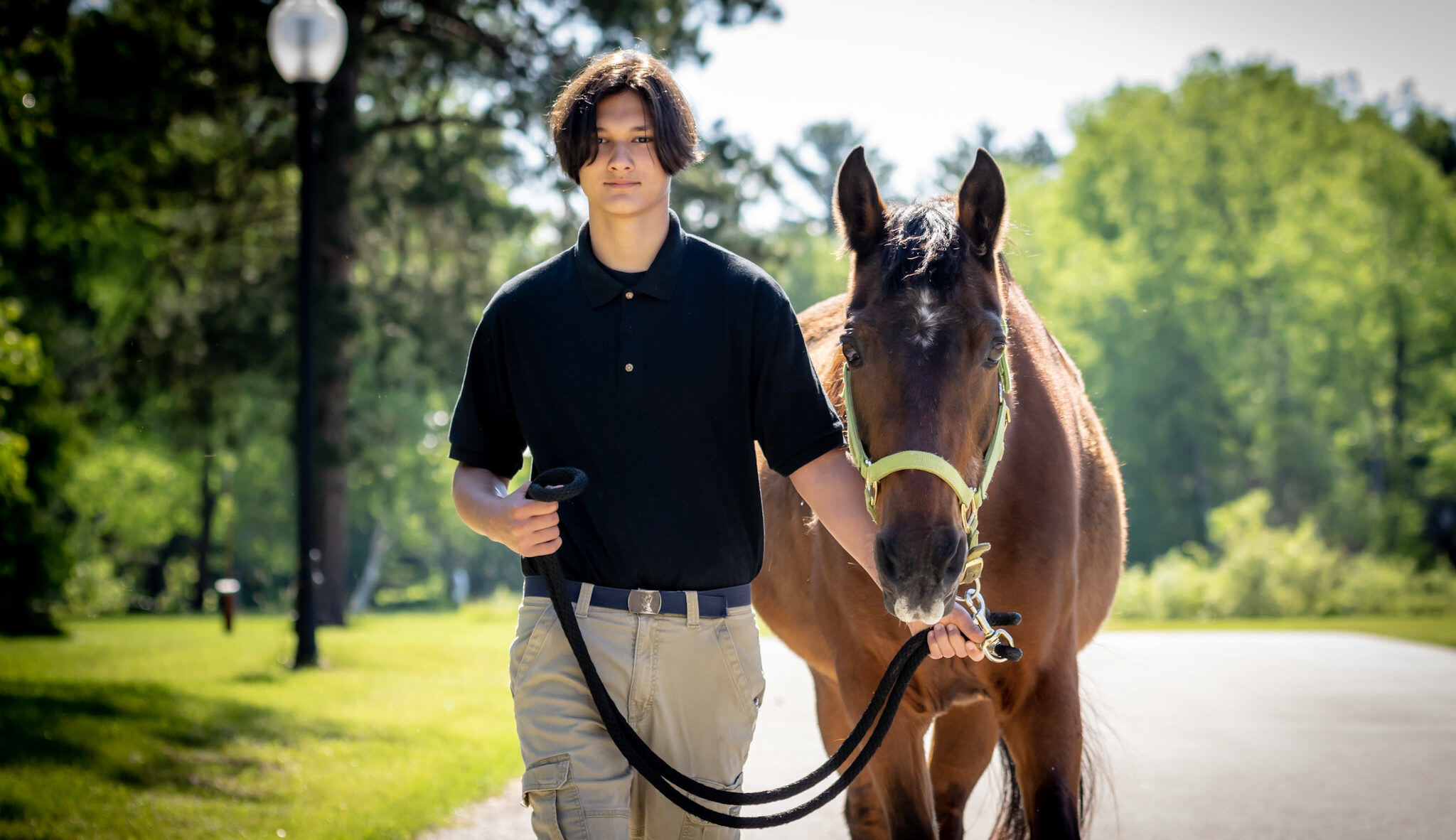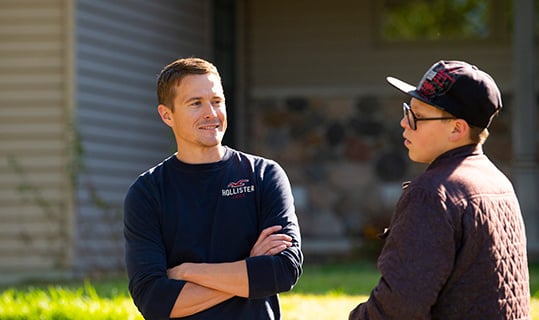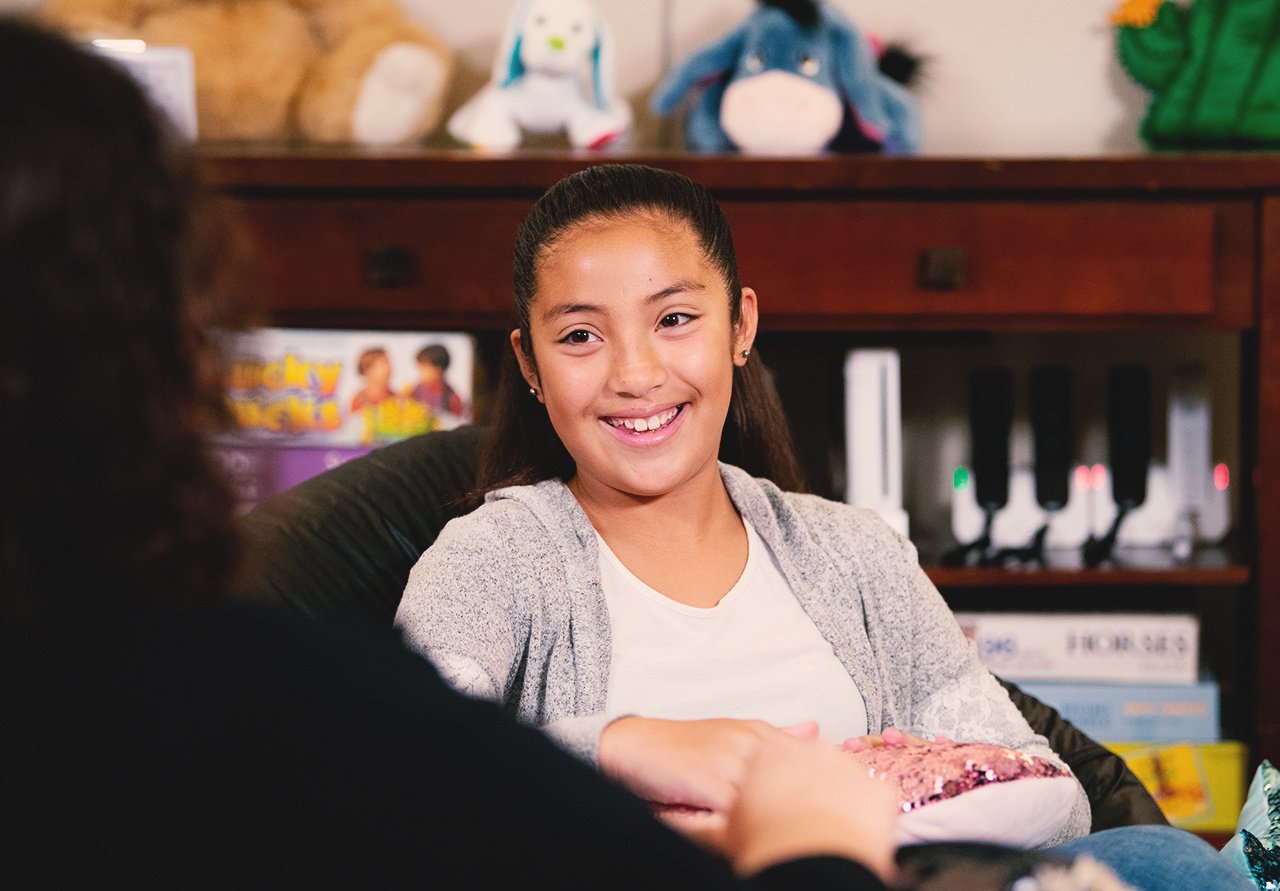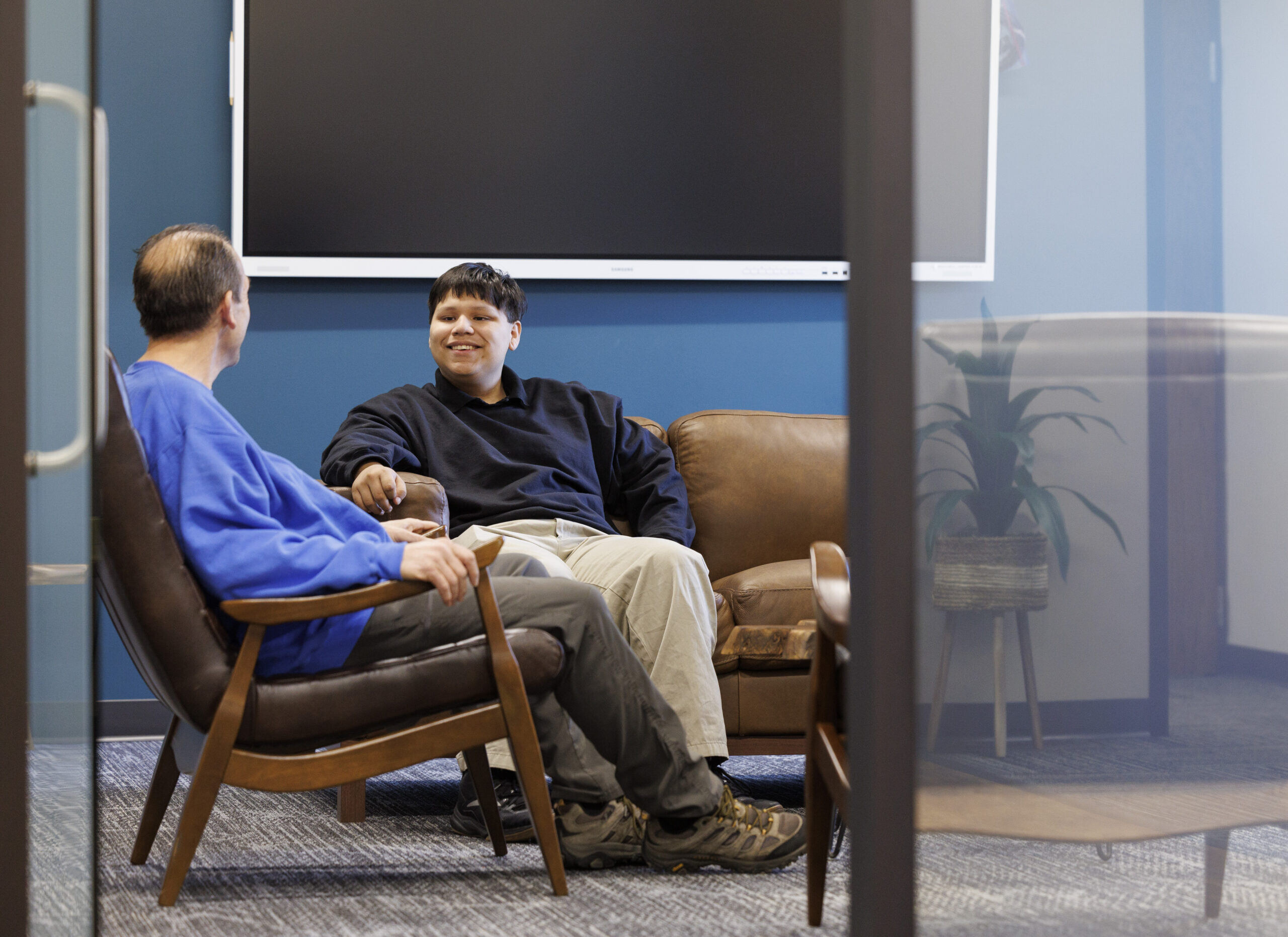
Young people who have emotional, behavioral, psychological or cognitive difficulties may require more than “traditional” therapy. They may need an immersive style of treatment that helps them feel secure in an environment free of judgment. Equine-assisted therapy—or horse therapy—is one type of treatment that is especially effective for troubled youth.
Horse therapy can help troubled youth build social skills, increase emotional awareness and learn problem-solving skills. It can also improve impulse control, instill confidence and help teens learn how to manage stress in healthy ways.
Equine-assisted therapy is a proven way to help troubled youth cope with depression, anxiety, substance abuse, bullying, trauma and other issues. In this post, we’ll take a look at the benefits of equine therapy, types of equine-assisted therapy and the conditions for which equine therapy may be most beneficial.
What is Equine Therapy?
Equine therapy is an experience-based treatment modality that incorporates horses. Troubled youth participating in equine-assisted therapy might help groom, feed or lead horses. Youth engage in therapeutic activities with their horses as they are guided through their therapy session. Equine-assisted therapy can be an intense experiential treatment and is generally used short term. It is often combined with other treatment modalities to treat a variety of conditions in teens.
According to reports from Colorado State University, equine therapy can be particularly effective in treating troubled youth because the horse serves as a buffer between the client and the therapist and fosters a connection and trust.
Types of Equine Therapy Programs
Equine-assisted therapy can be broken down into four primary types:
- Equine-assisted psychotherapy, which is used to help youth dealing with emotional and mental health issues, addiction, trauma and PTSD. This is the form of equine-assisted therapy that Rawhide youth experience.
- Hippotherapy, which is a form of occupational, speech and/or physical therapy to treat those with neuromuscular disorders.
- Equine-facilitated learning, which can include a wide range of activities intended to foster physical or emotional growth and learning.
- Therapeutic riding, which can have a positive impact on the rider’s social, physical, emotional and cognitive health.
But how does equine therapy work? With each of the four treatment types mentioned above, the horse provides biofeedback, which means the animal responds to and reflects the emotions, actions or energy of the person engaging with them.
What Conditions Are Treated with Equine Therapy?
There is a large body of research that supports the benefits of equine therapy for a wide range of conditions. In fact, the U.S. Department of Defense has extensively studied the benefits of equine therapy for the treatment of PTSD.
What is equine therapy used for? Conditions treated with equine-assisted therapy include:
- Substance Abuse Disorders: Equine therapy can help teens recovering from substance abuse disorders by enhancing problem-solving skills and fostering emotional connections in the treatment process.
- Depression, Anxiety, PTSD, Stress: Combining equine therapy and more traditional methods of treatment can provide effective healing for many mental health concerns.
- Trauma: The effects of trauma are lasting, and trauma survivors may have difficulty trusting others. Equine therapy can help break down barriers that lead to healing.
- Eating Disorders: Teens with eating disorders may worry about being judged by others. Horses can be a comforting and calming presence, making them feel more at ease when talking to their counselor or therapist.
- Behavioral Disorders: Therapeutic riding can help treat behavioral disorders, as riding is an activity that requires focus and self-control.
- Traumatic Brain Injury: For TBI survivors, equine therapy can help improve balance and physical movements, as well as provide emotional support.
- Cognitive Challenges: Equine-facilitated learning can help teens who have learning disabilities or cognitive disabilities improve mental cognition in a safe environment.
- ADD/ADHD: Equine-assisted therapy has been proven to help youths learn to stay on task. When teens are grooming or caring for horses, they must be attentive and attuned to animals’ moods.
- Autism, Asperger’s: Equine-assisted therapy can help youths and teens with autism and Asperger’s see improvements with irritability, lethargy and hyperactivity. Equine therapy can also help with language skills, motor skills and even self-regulation, according to peer-reviewed research.
- Down Syndrome: Studies have shown that equine-assisted therapy and therapeutic riding can help young people with Down syndrome reap physical, cognitive and socioemotional benefits.
Benefits of Equine Therapy for Children and Teens
The benefits of equine therapy for children and teens are varied and diverse, including stress reduction, coping skills and respect for boundaries.
Let’s dive into the details about the specific benefits of equine-assisted therapy and how it can help troubled youth overcome challenges.
Reduces stress
Getting outside and working with horses reduces stress and brings joy through relaxation and fun. Riding is both a physical and mental exercise, which can help alleviate acute and chronic stress.
Provides a safe environment
Horses don’t judge and are unbiased. Their natural impartiality can lead to trust between rider and animal, as well as rider and therapist. This sense of trust creates a safe environment without fear of retribution or embarrassment when discussing emotions.
Encourages vulnerability
Along with providing a safe environment, another benefit of equine therapy is that it promotes vulnerability. It can foster trust and make it easier for teens to open up about traumatic experiences, emotions, life transitions and stressors.
Develops interpersonal skills
In many cases, troubled youth haven’t yet fully developed the skills needed for interpersonal relationships. Young people who learn to understand horse behavior through equine-assisted therapy can apply these new skills to more objectively manage their own interpersonal skills and communication.
Builds trust
Equine therapy and therapeutic riding requires participants to fully trust the horse. This learned trust can be applied to many situations and can lead to improvements in social relationships, in addition to emotional regulation.
Generates self-awareness
Children and teens with emotional, mental health, neurodiversity or physical challenges often don’t have the self-awareness to cope with their feelings. One of the biggest benefits of equine therapy is that it can help participants become more aware of their emotions and help them see themselves in a more realistic way.
Teaches boundaries
Boundaries are the rules and limits set to protect well-being and mental health. A benefit of equine therapy is that it can help youth learn to set healthy boundaries and respect others’ boundaries.
Other benefits of equine therapy
The items listed above aren’t the only benefits of equine-assisted therapy. Here are a few other ways equine therapy helps children and teens overcome challenges:
- Provides feedback and mirroring
- Builds independence
- Fosters self-esteem
- Creates a stronger sense of social awareness
- Develops adaptability and change acceptance
- Teaches empathy
- Establishes routines and structure
Enjoy the Benefits of Equine Therapy
Rawhide Youth Services offers CHAPS equine-assisted therapy in conjunction with other youth counseling options to help teens grow in transformative ways. This hands-on therapy approach comes with many benefits and can help ease a variety of mental health conditions and other challenges.
The skills learned through Rawhide’s robust equine-assisted therapy program extend beyond the barn, as the benefits of equine therapy can be applied in almost any situation or relationship. Contact Rawhide now to learn more about how equine therapy and other treatment programs can help youth and teens.












